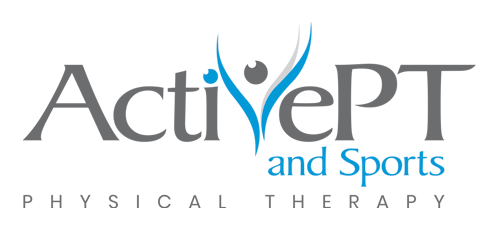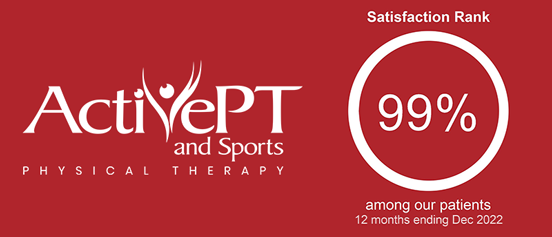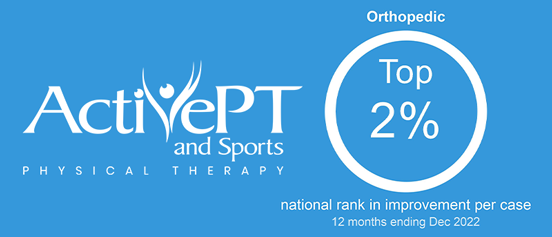Keys To Overhead Pressing Without Pain
By Courtney Hilmanowski, DPT, OCS, Cert. DN
Shoulder pain is the most common injury among weight lifters and fitness athletes. Overhead lifts such as the strict press, jerk, and snatch are key movements for developing strength and power. However, we frequently see athletes perform these movements with improper technique. The compensations seen with these movements can lead to abnormal loading of soft tissue structures, which can lead to pain. Pain should never be a normal response to lifting or exercising. Improve your pressing movements and eliminate pain by addressing some of these staple tests and mobility assessments.
Overhead lifting and pressing require a combination of shoulder stability, sufficient mobility, and motor control to perform correctly and safely. If any one of these factors is lacking, the body will compensate and cheat to complete the movement.
Some common compensations are:
- Extension of the lumbar spine
- Shrugged shoulders
- Forward head
Mobility requirements needed to press overhead:
Shoulder Flexion
In order to press overhead with correct mechanics, we must be able to exhibit full overhead shoulder flexion. In other words, the athlete must have sufficient mobility to have the arms go completely overhead, to complete the motion from just the glenohumeral aka “the shoulder” joint. Limited mobility in the shoulder will result in excessive lumbar spine extension and can lead to shoulder impingement or bicep tendinopathy. Soft tissue restrictions that may be affecting shoulder flexion typically include tightness in the: latissimus dorsi, pectoralis minor, and triceps.
An easy test to quickly address shoulder flexion mobility: sit with your back against a wall, cross your legs, and hold a PVC with hands at shoulder width, and palms facing down. Can your forearms reach the wall without your back coming off? Complete the same test with palms facing towards the ceiling and reach to the wall. Are there significant differences between the test with palms down and palms up? If so there may be some soft tissue restrictions that are limiting shoulder flexion.
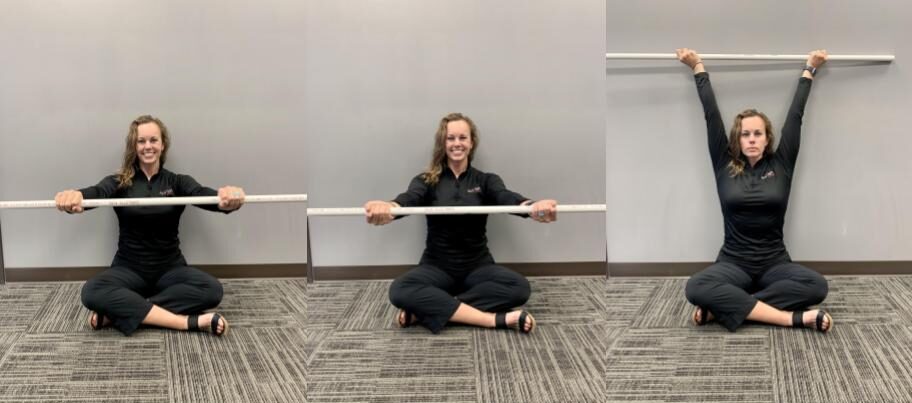
Thoracic spine
One of the most overlooked areas of the body that may be contributing to shoulder pain or reaching a PR is the mobility of the upper back (thoracic spine). Poor upper back mobility can influence the function of the shoulder. If the upper back lacks correct mobility it will place the shoulder joint at a disadvantage which in turn can lead to various overuse and compression-type injuries. Working on various thoracic spine mobility drills will help decrease the stress placed on the shoulder joint, which will in turn improve pressing overhead. A quick way to look at thoracic spine mobility is the lumbar lock thoracic rotation test. To perform: start in a child’s pose with your forearm out in front, and rotate collar bone to ceiling. If there is a significant difference between sides, or less than 50 degrees of rotation is present, additional work on thoracic rotation may help unlock the upper back, and help improve overhead pressing.
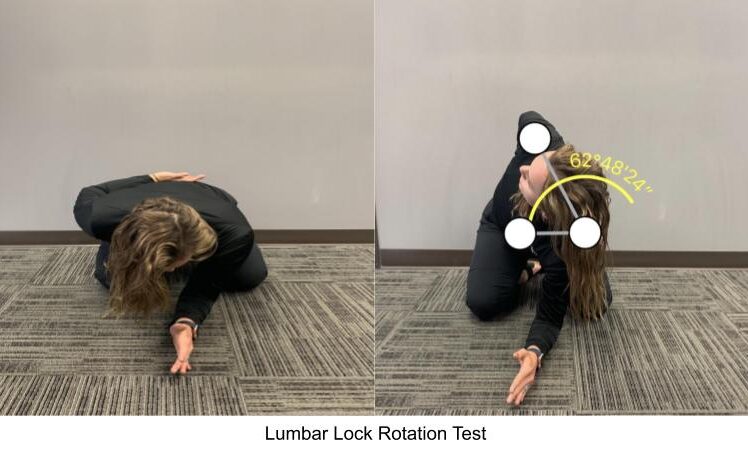
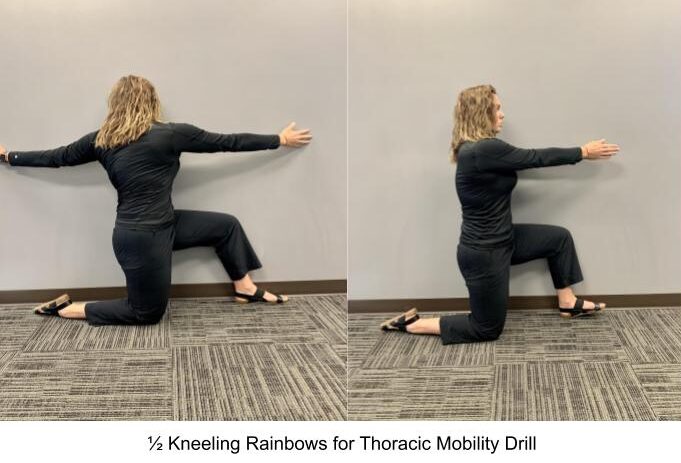
Stability needs for overhead pressing
Stability and strength are two different things. Strength does not always equal stability. Stability is the coordination of timing and sequencing of a joint that allows for the proper execution of a movement. Stability is in essence “controlled mobility” Often times with pressing overhead, we see athletes with poor control of the shoulder at the end range position, or what we would call a loose shoulder. This can be a result of poor muscle control or weakness in the surrounding muscles. Common shoulder injuries we see with lack of stability are labral irritation or tearing, and overuse injuries of the bicep tendon. Adding in accessory strengthening to the rotator cuff, middle and lower trapezius, along with re-education of these muscles will facilitate a more powerful and stable pressing pattern.
Check out our Youtube video on shoulder injury prevention as well as more weightlifting tips and videos.
Is shoulder pain affecting your lifting? Our lifting experts are here to help.
Courtney Hilmanowski DPT, OCS is a member of Progression Fitness Rochester, MN, and provides lifters a unique environment for physical therapy care right inside her gym. If you are dealing with a lifting injury or interested in improving your lifting performance, contact Courtney today for a free 15-minute screening appointment in person or via live video to get your questions answered quickly.
As a competitive fitness athlete, she understands the biomechanics, training load, movement standards, and mentality her patients present with. She is certified in Clinical Management of the Fitness Athlete (Cert CMFA) and Selective Functional Movement Assessment (SFMA). Her continuing education has been focused on diving into the demands and challenges associated with high-level training, Olympic weight lifting, and functional fitness. She is driven to keep you training and help you reach your goals.
